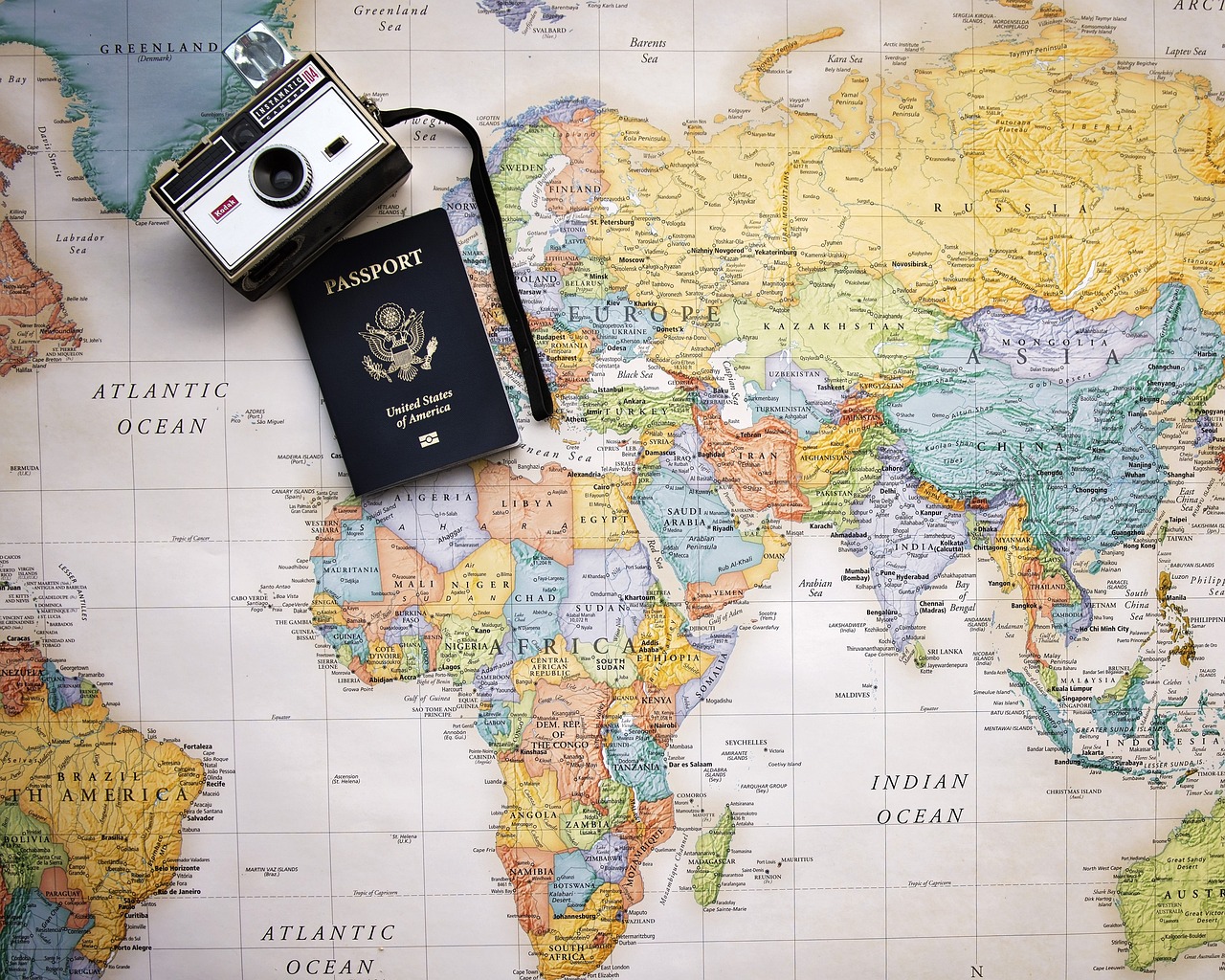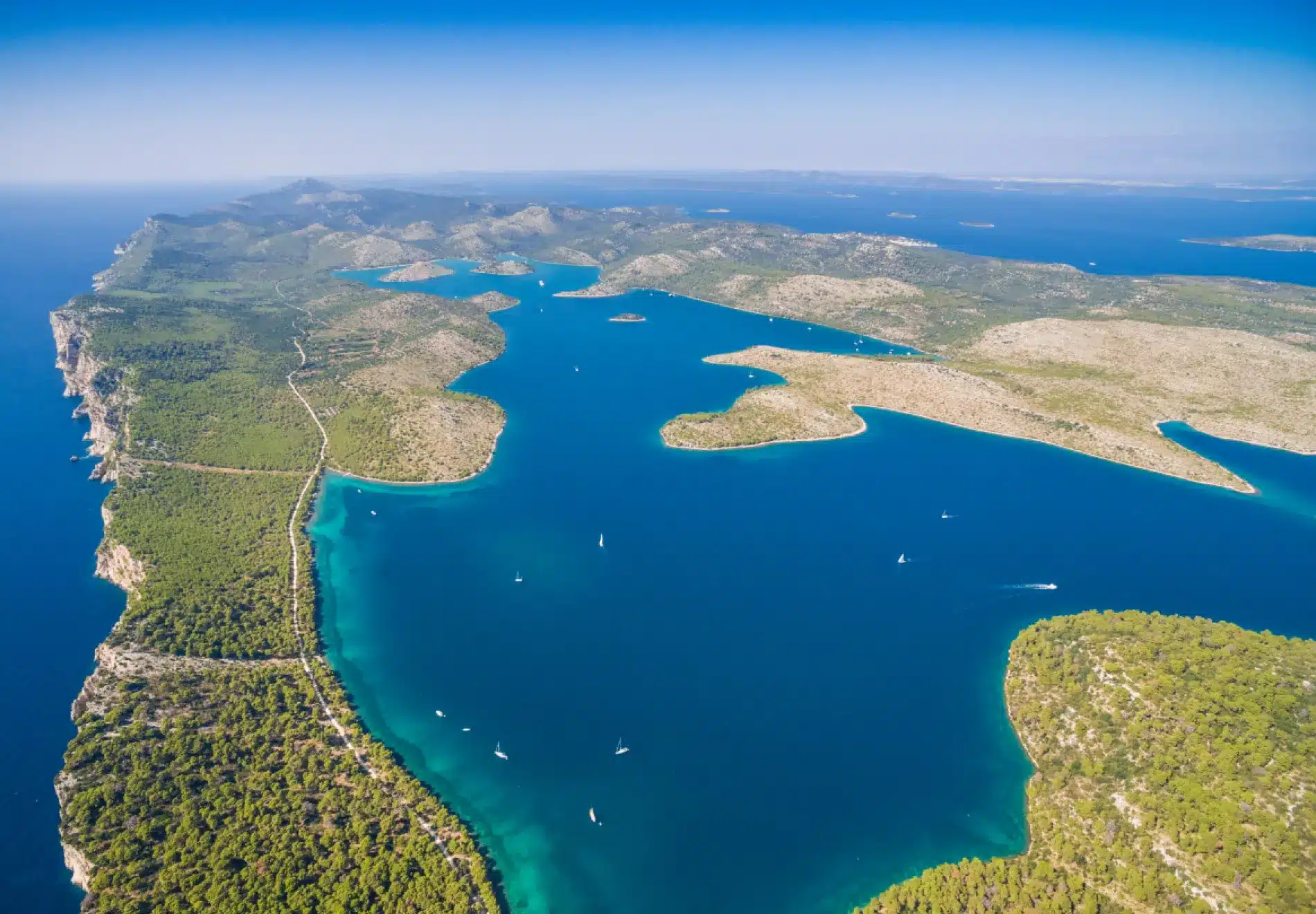Resting on the sands of the Canary Islands is a popular pastime. Playa de las Canteras, Playa de Maspalomas on Gran Canaria, and Playa de Las Teresitas on Tenerife are three of the most well-known destinations for this activity. However, you will only be able to sit on the beach during the day: There are four national parks, so take your time exploring the archipelago. It would help if you planned to spend at least a little time in the capitals of the Canary Islands, Las Palmas on Gran Canaria and Santa Cruz in Tenerife.
Puerto de la Cruz
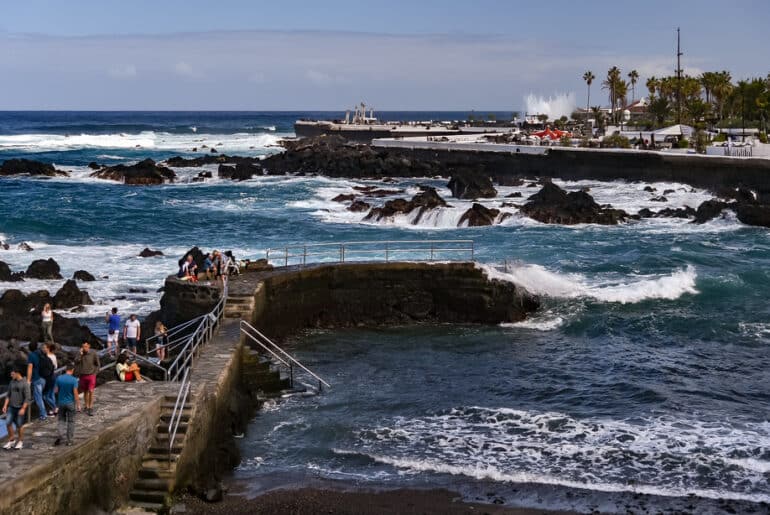
The best spot to be in if one is seeking quiet coupled with culture, Puerto de la Cruz is a little city in northern Tenerife which was a popular resort for visitors as well. People flock here in the winter because of all the lovely things there are to do, like eat at fancy restaurants, buy at fancy stores, and stroll around lovely plazas and gardens.
In Tenerife’s northern district, Puerto de la Cruz is a well-known and picturesque resort that is also one of the most visited places in the Canaries. The resort and its surroundings in the Orotava valley provide picturesque views of the lush, verdant countryside and the adjacent fruit orchards. The resort is close to the picturesque Old Town of the Canary Islands. The area surrounding the fishing port is loaded with colonial-style pubs and cafés for all gourmets. Nearby, you’ll find a beautiful harbour worth a visit. Also, a plethora of upscale stores and picturesque plazas make this location a shopper’s paradise.
Roque Nublo

“Clouded Rock” (Roque Nublo) is a rocky outcrop of Gran Canaria that towers over 250 feet into the air. Tourists frequent the rocks because of how simple they are to explore; a one-hour climb from the La Goleta parking lot will get you to the summit. The vistas from Roque Nublo are pretty breathtaking. Mount Teide on the island of Tenerife is seen on a clear day.
Recent visitors to Roque Nublo have stressed the need to arrive early to get a parking spot: On pleasant days, the neighbourhood swells with visitors.
The monolith of Roque Nublo may be open every day in the island’s geographic centre, some 27 miles southwest of Las Palmas. A free parking spot is available in La Goleta car park, from where you may access the trail leading up to the rock formation. The park’s parking lot sits on GC-600 Road, situated between Ayacata and Degollada de las Arenas.
Las Palmas de Gran Canaria
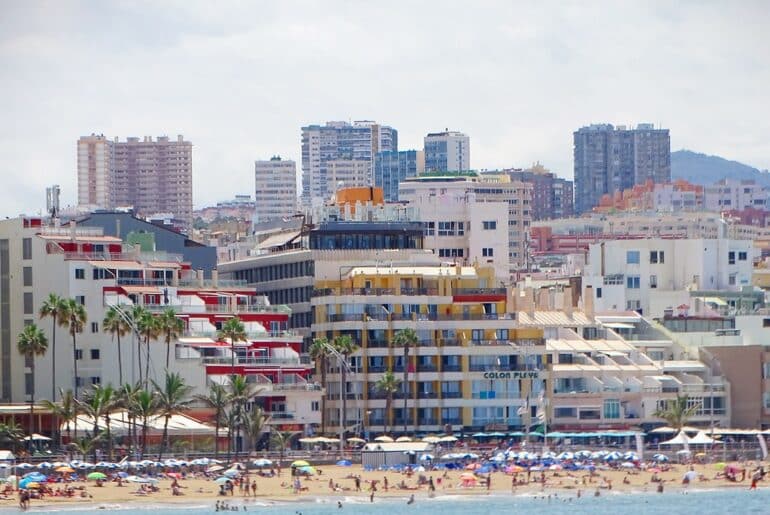
Of all the islands in the Canaries, Gran Canaria is a must-see for every vacationer. Nearly half of this island, located around 120 kilometres (75 miles) off the coast of Africa, is protected as a Biosphere Reserve by UNESCO. The island’s northern half is defined by its towering cliffs, while the southern half is crowned by its stunning beaches. The city’s rich history, marked by the presence of the Spanish, makes for a fascinating heritage. With its Gothic interior, the neoclassical cathedral stands as the city’s most impressive structure, having been constructed in the 16th century. Located in the cathedral’s south wing is the Diocesan Museum, which has an extensive collection of sacred and ceremonial artefacts. Another well-known museum dedicated to Gran Canaria’s pre-Columbian history is the Museum of the Canary Islands. The paintings of the Spanish symbolist artist Nestor Martin Fernandez de la Torre are on display at the Nestor Museum on the island. Las Canteras Beach, La Playa Jinamar, and many more are well-known tourist attractions in Gran Canaria. The Botanical Garden of Viera y Clavijo is another of the island’s top attractions.
Timanfaya National Park
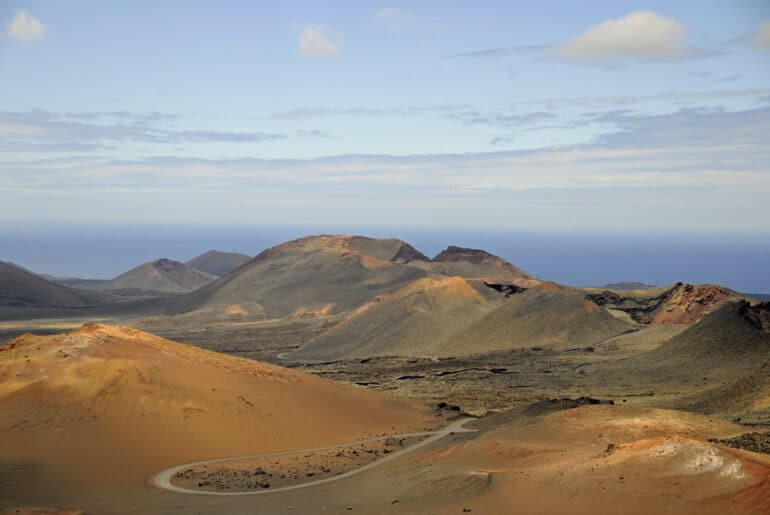
Timanfaya National Park, located on Lanzarote’s western coast, has been called “extraterrestrial” by many tourists because it resembles the moon’s cratered surface. The talent performances hosted in this geothermal setting will surely be a hit with guests. Ground temperatures vary from 750 to 1,112 degrees Fahrenheit, only a few metres under the surface. Park rangers dump water through vents into the soil to produce a dramatic steam geyser, demonstrating the earth’s extreme heat. They spark into flames the moment they throw dry brush. You can’t safely explore the park because of the dangerous conditions. The park has many tour options, including strolling tours, a trip by bus, and even a tour by camel. Many guests may choose to explore the park on their own by taking a bus trip.
Alto de Garajonay

As the island’s highest point, it offers sweeping vistas of La Gomera on sunny days. You can see the rest of the Canary Islands, including La Palma, Tenerife, El Hierro, and Gran Canaria.
Conclusion
The Canary Islands are a part of Spain, yet they are geographically closer to Africa than the rest of Europe. Beaches in Fuerteventura are likely constructed of blown-in Saharan sand because the island is just 160 kilometres from the northwest coast of Morocco. The indigenous language is Spanish, but visitors may be surprised to learn that the Canary Islands have a separate personality and culture from the rest of Spain.
Lastly, read more about travel around the world here.


